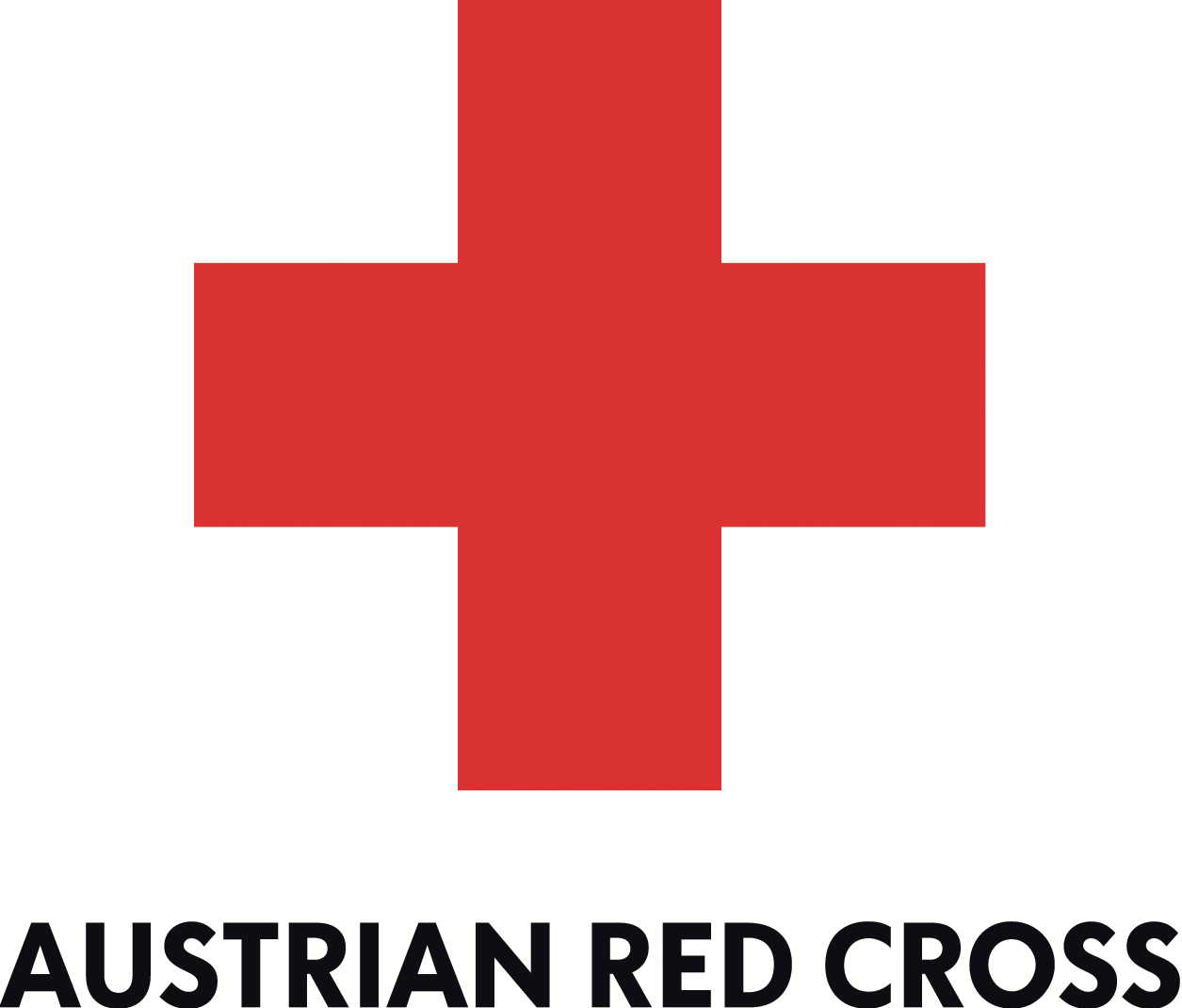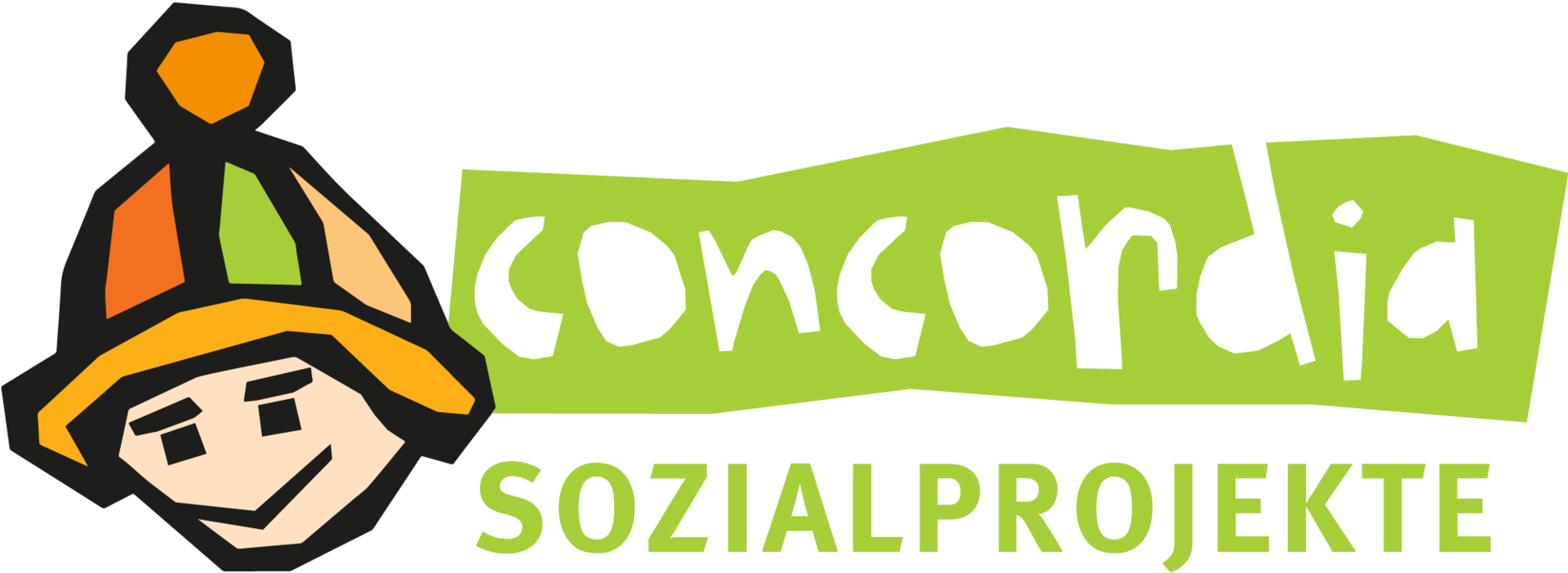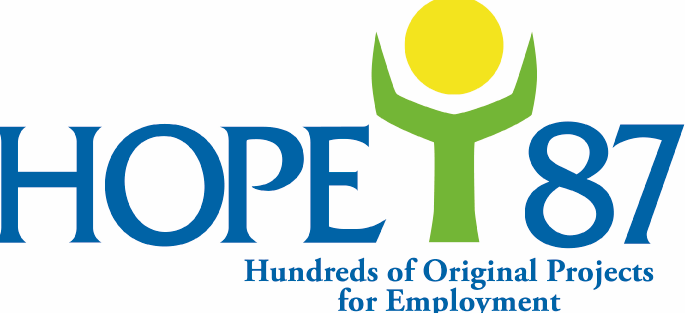Keynote Speech:
Paul Conneally Head of Communication, International Telecommunication Union
Moderator:
Julia Herrnböck Journalist, NZZ
Panel members:
Paul Conneally Head of Communication, International Telecommunication Union
Peter Hulsroj European Space and Policy Centre, Director
Arkadiusz Kwasny Technology Consultant / CEO, Selleo
Robbert Mica Entrepreneur, Outernet Inc
´Innovation´ and ´new technologies´ are some of the buzzwords floating around when it comes to the debate of how effective humanitarian aid activities nowadays are, or, when you listen more closely, should be, at least from the view of scientists and producers, as most of the NGOs are only beginning to explore what´s technically possible, when using the latest products available on the market.
The profound impact of technological innovations on humanitarian action over the past decades is beyond question, if you just think of the communication means available in the field now and then. The question is more in the direction of the adequacy between field needs, added value of the application and the concerned expenditures. It´s always difficult to justify large budgets for R&D projects when the outcome does not relate with the desired results. It is thus a crucial question for NGOs how to justify investments in research projects when working with donor money that has initially been donated to safe human lives.
The responsible use of technology offers concrete ways to make humanitarian assistance more effective and accountable and can, in turn, directly reduce vulnerability and strengthen resilience. But how are humanitarians able to employ state of the art technology in new and creative ways, and what risks and opportunities may emerge as a result of technological innovations?


















